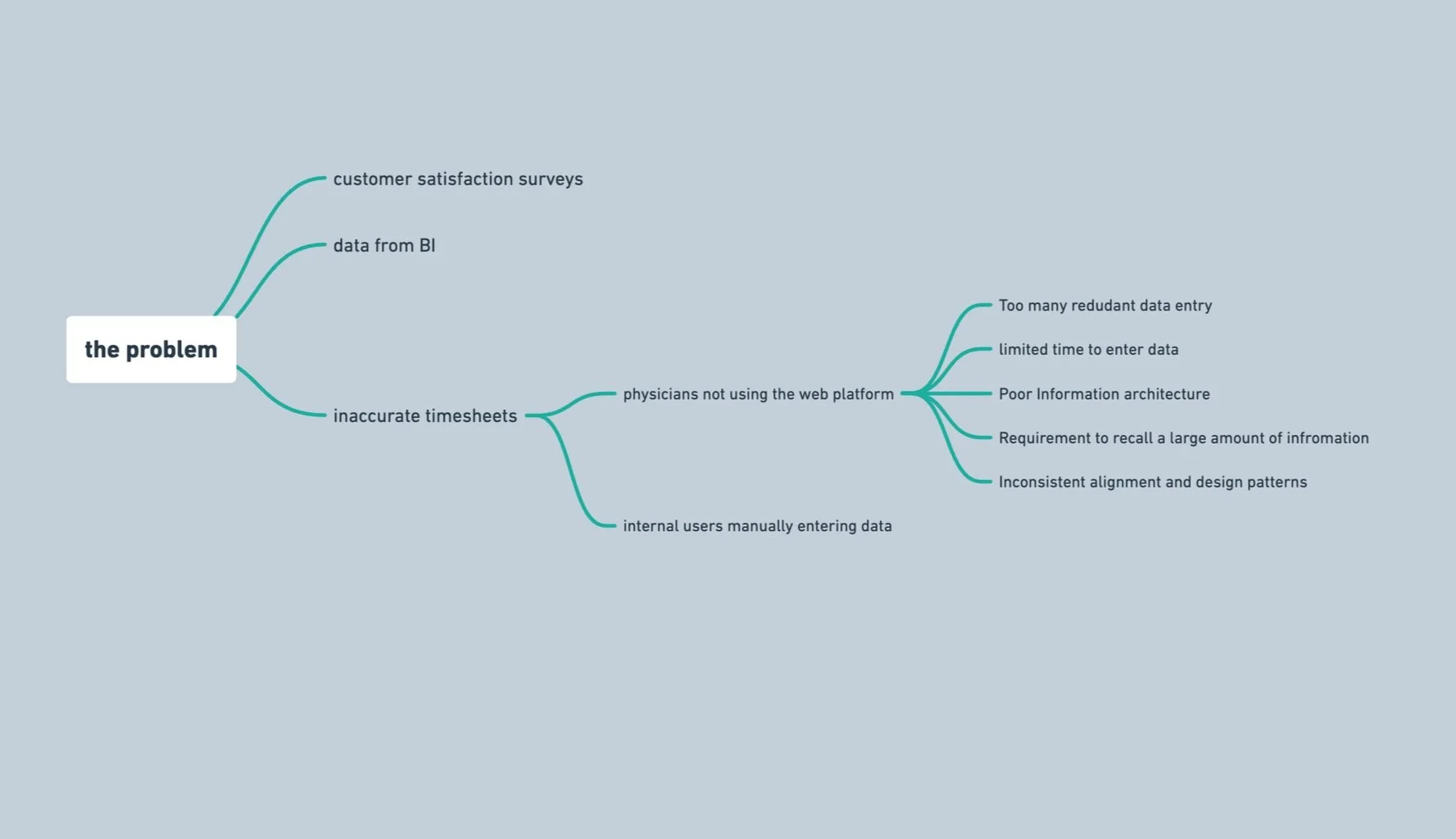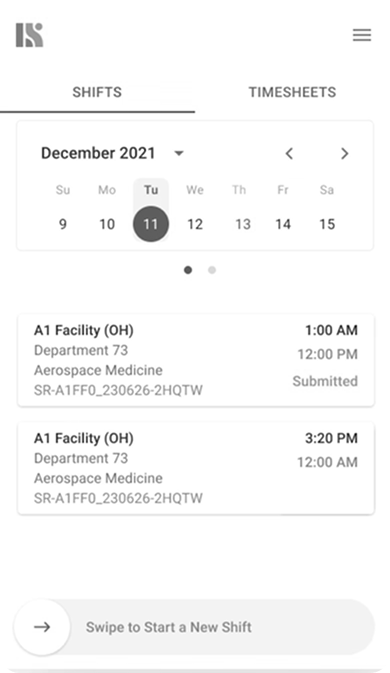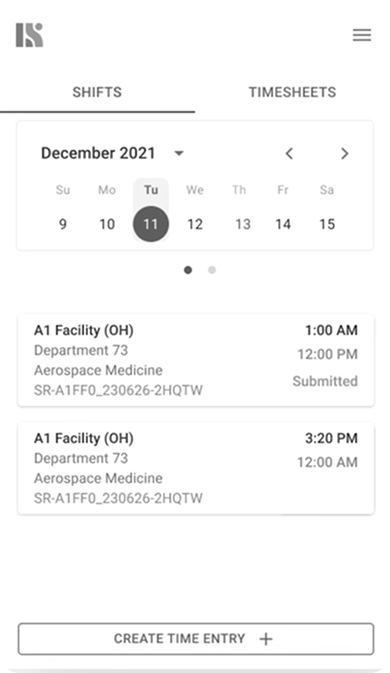Locumsmart
Crafting an intuitive Clock-In process for physicians over 80+ healthcare facilities
What’s locumsmart about?
Locumsmart is a vendor management web platform for the healthcare staffing industry and a sub-company under CHG Healthcare. As the sole UX designer in the physician platform, I was tasked with designing the mobile experience for the provider user type ( Doctors and physicians ). The end solution was a mobile application that allows Doctors to log their shifts and submit accurate timesheets efficiently.
The Team:
Me ( lead UI/UX designer ) - UX strategy, wireframing, prototyping, interaction Design, and mobile design system creation
Philip Levitsky ( product manager )
Cheryl Godwin ( lead engineer )
Why this Problem?: The Clock-In Chaos
Accurate time entry is precious, especially for physicians tasked with saving lives and working unpredictable hours. Yet, an inefficient clock-in system prevented hundreds of physicians from fully adopting the Locusmart time entry system across 80 different facilities. Furthermore, this forced internal users to manually enter time entries, causing inaccurate timesheets and a slower workflow for everyone involved
My Design Thinking Process
Using a mindmap I broke down the convoluted workflow problem
Why is the problem happening?
Decisions
We decided to prioritize minimizing manual data entry
Reasons
Why?: Prior research done by business intelligence showed that more than 70% of the submitted timesheets had conflicting or inaccurate data,
I ideated multiple low-fidelity versions where specific data points would be auto-filled
Why?: Since our main goal is to maximize accuracy, certain data points like facility name, departments, shift info would be auto filled by the system and the user only would need to clock in on those prefilled data
Through multiple rounds of A/B testing and interviews with SMEs, we discovered that a more accurate time log was needed
I iterated a final prototype inspired by a timer that would allow the user to log their shifts with more accuracy, down to the minutes and seconds
Why?: Due to scheduling constraints and the demanding nature of their work, testing with our actual physicians wasn’t feasible. Instead, I collaborated with subject matter experts (SMEs) in physician workflow in a Slack channel . The feedback showed that a more accurate time log was needed and certain parts like the calendar was not needed at the home screen
Why?: After discovering that we needed a more accurate log of the shifts down to the very few minutes, we decided that a timer-like solution would provide the best accuracy of the logged time.
Results
Manual entry was removed, allowing for a more accurate time entry
Physicians were no longer required to recall a large amount of information
The workflow for internal users became faster and more efficient, thus reducing the amount inaccurate timesheets
35% decrease in time entry-related problems
45% increase in user adoption
2.5% Increase in client base ( provider agencies and healthcare organizations) for Locumsmart
Impacts
Lessons in simplicity: What This Project Taught Me
Every challenge is a learning opportunity. This project underscored the importance of empathy in designing for high-pressure environments. Collaborating with SMEs deepened my understanding of designing tools that solve problems and truly fit into users' lives.











